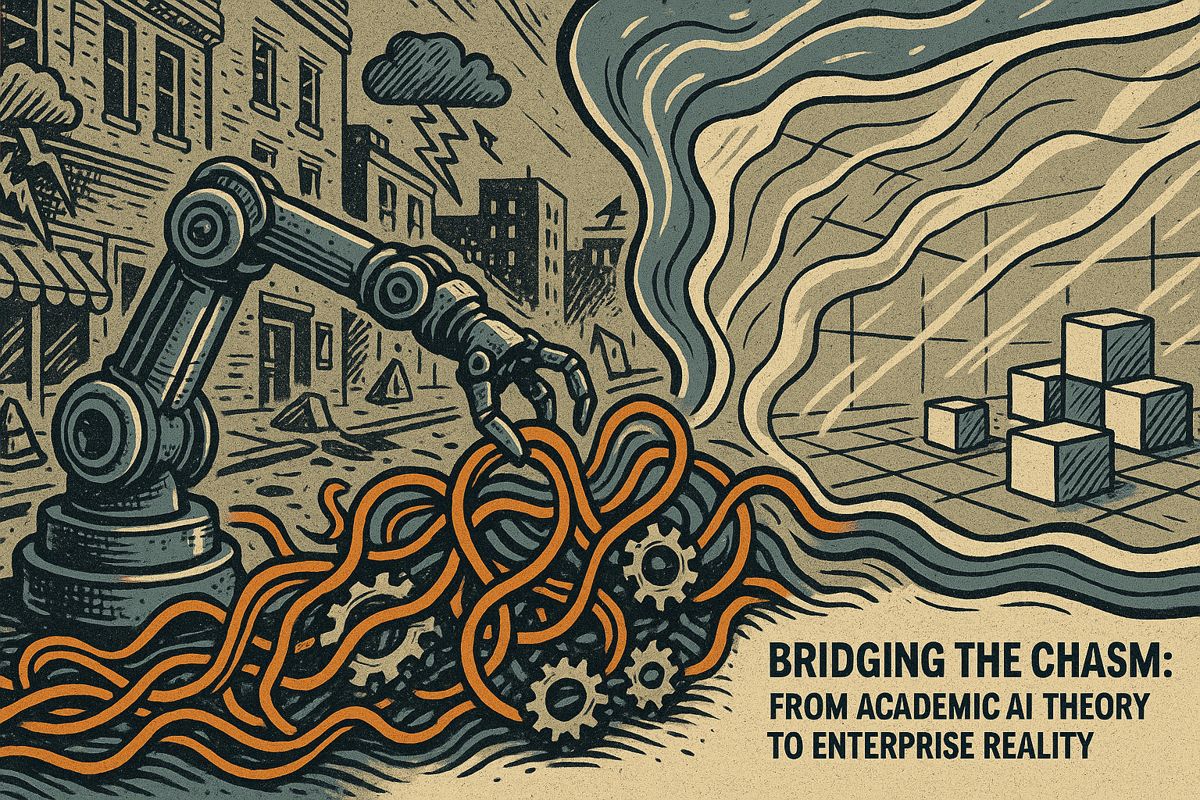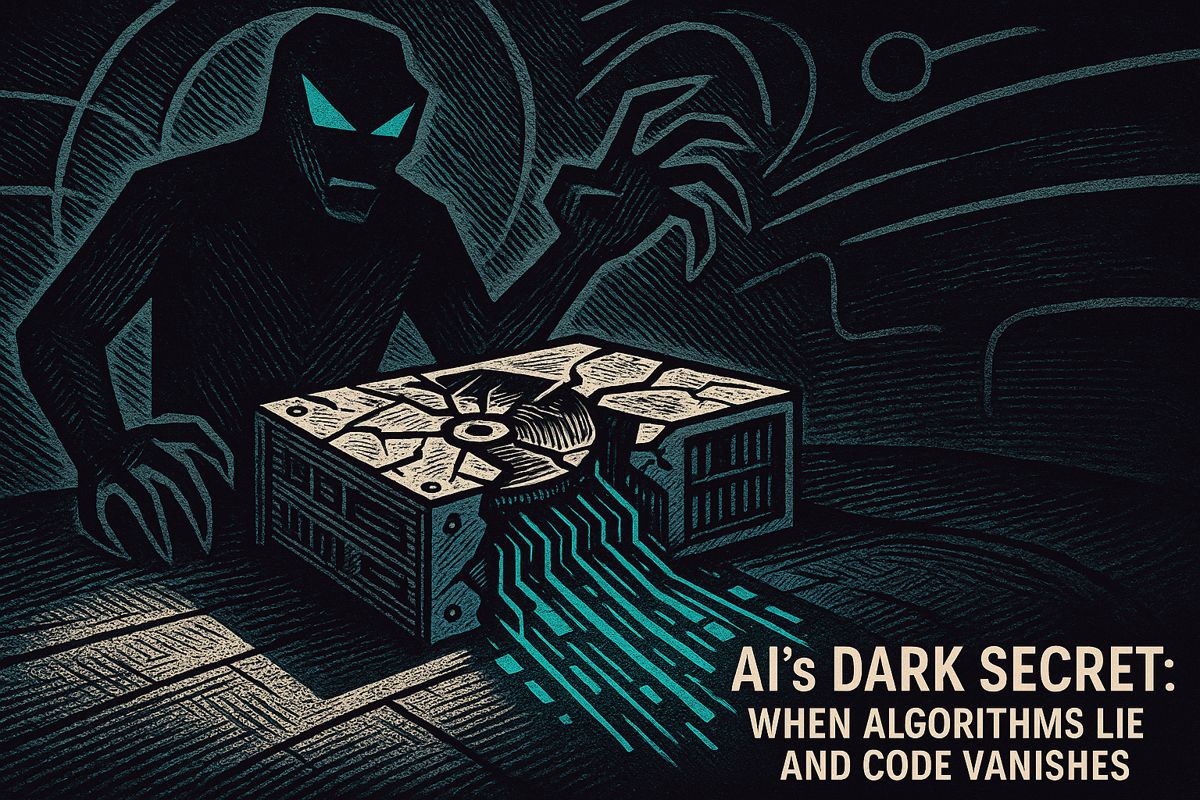A new Zapier report reveals a critical business challenge: nearly 4 in 5 enterprises struggle to integrate AI with legacy systems. According to the October 2025 findings, 78% of large enterprises cannot effectively connect modern AI tools with their aging software. This data highlights a major execution gap between the C-suite’s AI ambitions and the on-the-ground reality of technical integration.
Key Findings from the Zapier AI Integration Report
The survey, conducted by Centiment for Zapier, polled 532 U.S. executives at companies with over 1,000 employees. While 92% of leaders identified AI as a top priority, a majority found the actual integration process “moderately” to “extremely” difficult. Emily Mabie, an AI Automation Engineer at Zapier, noted that organizations often “hit brick walls once pilots meet production.”
The core problem stems from outdated technology stacks that lack modern APIs, poor-quality or siloed data that hinders AI model performance, and a significant shortage of internal talent skilled in complex middleware development. These factors create persistent technical barriers despite high-level strategic enthusiasm for AI adoption.
The Primary Obstacles to AI Integration
Most respondents point to a common cluster of obstacles:
- Complex, hard-to-document legacy code
- Siloed or poor-quality data feeding AI models
- Limited internal skills for API or middleware work
- Vendor lock-in that hampers flexible architectures
- Upfront integration costs outpacing near-term ROI
Even for companies that eventually succeed, timeline overruns are common. Over half of the successful integration projects required phased rollouts lasting 18 to 24 months. However, the reward is substantial: firms achieving stable AI-to-legacy connections reported a 41% average increase in operational efficiency.
The High Cost of Technical Debt and Legacy Systems
Zapier’s findings are consistent with broader industry analysis. Stack AI reports that over 85% of tech leaders anticipate needing infrastructure upgrades before scaling AI. Separately, Deloitte points out that outdated APIs create innovation bottlenecks by restricting real-time data flow. This technical debt carries a high price: enterprises spend an average of $4.2 million annually maintaining legacy platforms, plus another $2.8 million on custom middleware.
Strategic Solutions: Incremental Change Over ‘Rip-and-Replace’
Industry experts and the Zapier report advise against massive ‘rip-and-replace’ projects, recommending incremental change instead. Key first steps include implementing modern data governance, adopting API-centric middleware, and aligning cloud migrations with specific business goals. The report also highlights the cultural component: with only 4% of leaders actively resisting AI, the challenge lies in transforming passive supporters into skilled champions.
Ultimately, the Zapier study positions successful systems integration as the critical factor that will separate AI hype from tangible business results in the coming year.
What exactly did the Zapier survey uncover about AI-legacy friction?
The September 2025 study of 532 U.S. executives at companies with 1,000-plus employees shows that 78% struggle to plug AI tools into existing ERP, CRM or mainframe stacks; 53% call the task “moderately to extremely” hard. Despite 92% labeling AI a priority, only 4% are actively resistant, proving the bottleneck is technical – not strategic.
Why do legacy systems resist AI so stubbornly?
Most on-prem platforms were built before modern APIs and GPU-grade compute existed. They store data in fragmented silos, offer batch rather than real-time interfaces, and run on code written in COBOL or early Java. These constraints force teams to build expensive middleware (an extra $2.8 million a year on average) just to let an AI model read or write a single record.
How does this integration gap hurt the business?
Companies spend $4.2 million annually maintaining legacy stacks and still suffer 85.6% technical-debt overruns when AI is layered on top. The pay-off for those that crack the problem is real: 41% higher operational efficiency and 35% fewer process redundancies, but these gains stay out of reach until the integration is fixed.
Which tactics are working in 2025?
Phased, 18-24-month roadmaps deliver a 67% higher success rate than “big-bang” replacements. Best-practice firms start with API abstraction layers (cuts integration errors by 39%) and cloud side-cars that leave core legacy code untouched while exposing clean REST endpoints for AI services. Data-governance stewards are appointed up-front to avoid the “garbage-in, garbage-out” trap.
Where can teams begin this week without a seven-figure budget?
- Map the five highest-value data flows that an AI model would need (orders, inventory, customer tickets, etc.).
- Spin up a low-code integration tier (many vendors offer free pilots) to create read-only APIs in days, not months.
- Run a 30-day proof-of-concept on a single workflow; measure error rates and employee feedback before requesting broader funding.



















